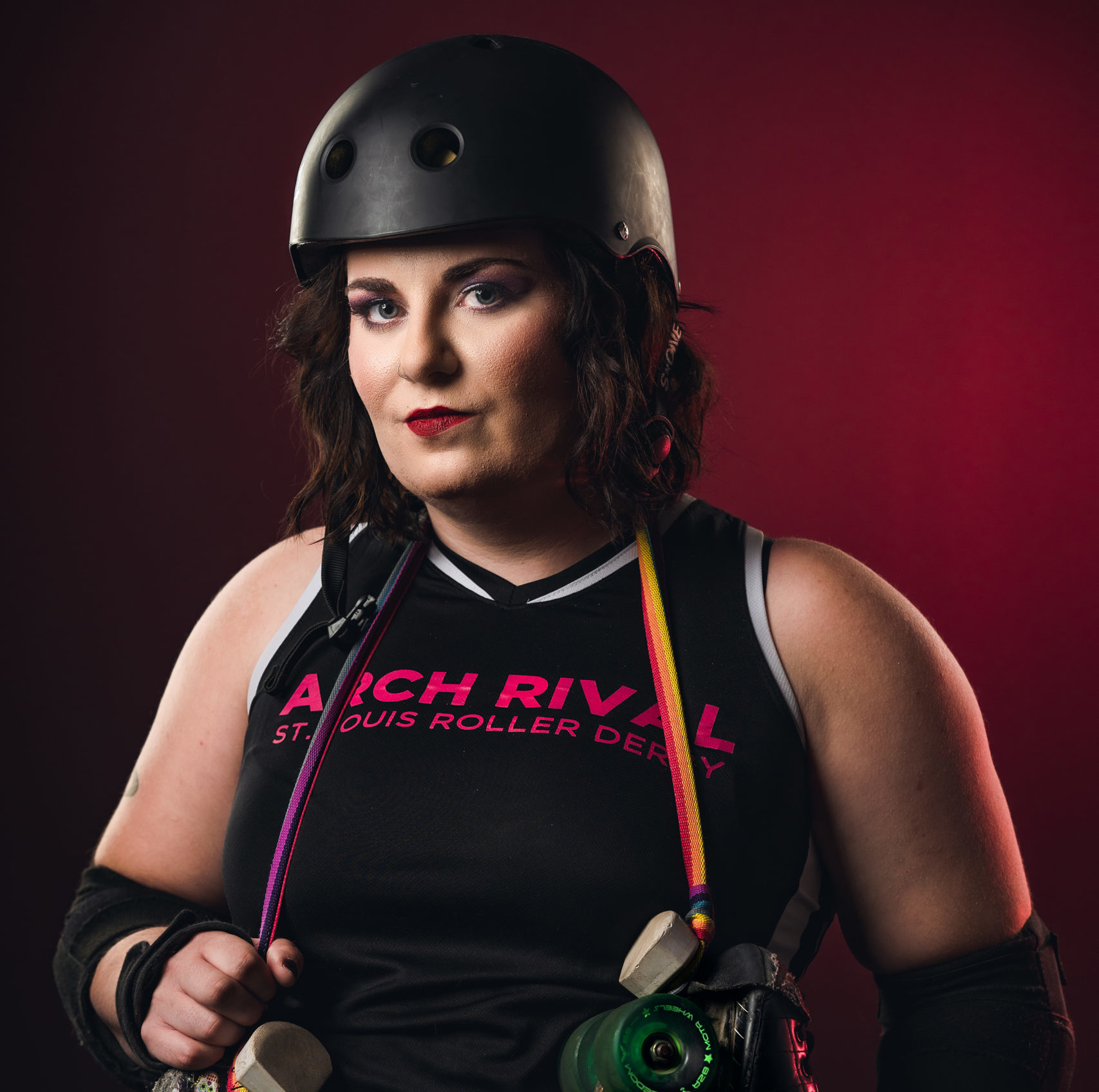
by Michele Kirichanskaya | Oct 26, 2022 | Blog
Lewis Hancox is a writer, illustrator, and filmmaker from North West UK. Mainly known for his online characters British Mum and Prinny Queen, he’s built a committed following and regularly produces viral comedy videos. He has been featured in the Channel 4...

by Michele Kirichanskaya | Jun 22, 2022 | Blog
Gabe Montesanti is a queer Midwestern roller derby player. She earned her MFA in creative nonfiction from Washington University in St. Louis. Her piece “The Worldwide Roller Derby Convention” was recognized as a notable essay in The Best American Essays. She lives in...




